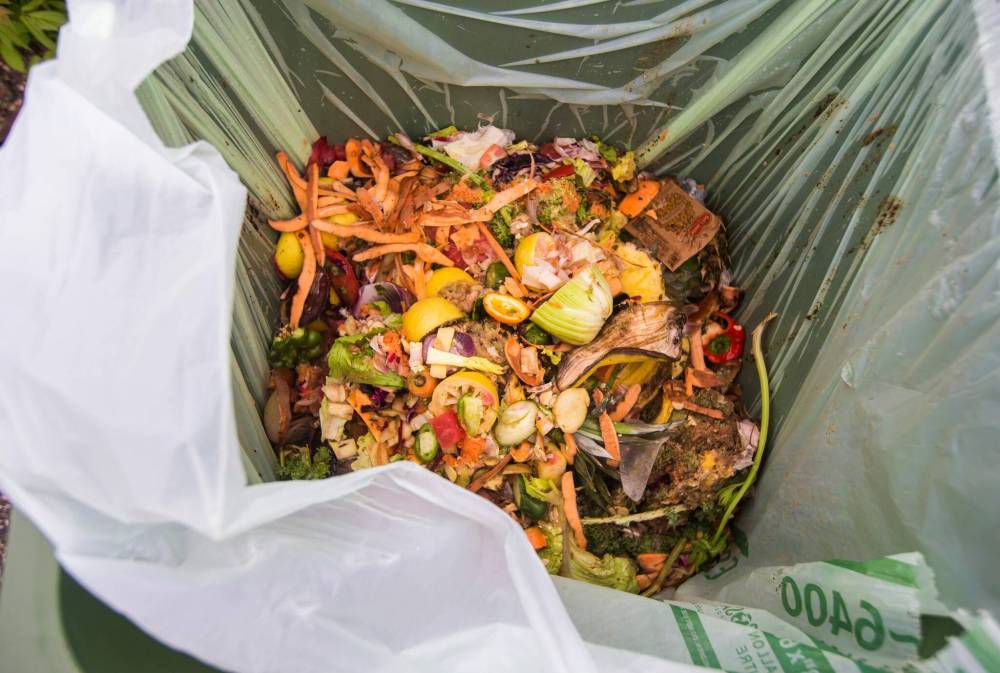
A potentially more dangerous version of mpox, formerly known as monkeypox, has officially made it stateside. California health officials recently reported the first known case of clade I mpox to be detected in the U.S.
The case involves a person who recently traveled from Africa, where clade I is endemic. The California Department of Public Health (CDPH) announced the case Saturday, in conjunction with the Centers for Disease Control and Prevention. Clade I mpox has been known to cause more severe illness on average than the variants of mpox that first spread widely across the globe in 2022, so its potential emergence outside of Africa is certainly concerning.
As of right now, though, officials have said that the further risk of clade I to the public is low. Mpox infections usually cause flu-like illness, headaches and distinctive bumpy rashes throughout the body, with symptoms appearing within 21 days of exposure. The virus is primarily transmitted through direct contact.
People can potentially spread the infection to others several days before they feel sick, and remain contagious until their rash fully heals, which can take two to four weeks. Historically, mpox was considered a zoonotic disease, one that primarily spreads from animals (likely rodents, not monkeys) to humans. But in 2022, the virus started to cause widespread human-to-human outbreaks.
The strains that spread widely belonged to clade II mpox, which are known to have a fatality rate of less than 1%. This year, a new clade I variant, clade Ib, has begun to spread widely between people in parts of Africa, while isolated cases of clade Ib have also emerged outside of the continent. These outbreaks and the continued spread of other variants prompted the World Health Organization to declare a public health emergency of international concern over mpox earlier this April, the second such PHEIC following the original global mpox outbreaks in 2022.
Historically, clade I mpox has appeared to be far deadlier than other clades, with a recorded fatality rate reaching as high as 10%. However, many of these cases occurred in places with limited medical resources, so it’s likely that the fatality rate would sharply drop in areas with better health care. So far, there have only been two documented deaths out of more than 2,000 reported cases of clade Ib this year, according to the latest situation report from the WHO.
For now, at least, the danger that clade I poses to the U.S. public seems to be minimal, health officials have said.
“The individual is isolating at home and recovering. People who had close contact with this individual are being contacted by public health workers, but there is no concern or evidence that mpox clade I is currently spreading between individuals in California or the United States,” the CDPH said in its statement Saturday. Still, there remains the real possibility that clade I mpox could follow in the footsteps of its cousins and spark larger outbreaks globally.
So vigilance is needed to track and prevent these cases from spreading further. Though any form of close direct contact can transmit mpox, it has predominantly been spreading between humans through sexual contact. The original 2022 outbreaks primarily involved men who have sex with men, while the most recent outbreaks of clade Ib have also involved women, particularly sex workers.
.














